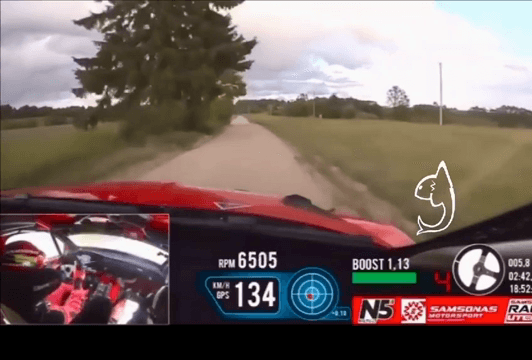
Hunting in France: the hunt or chasse Hunting in France is, at least in rural parts, an institution. It has apparently not shown a decline in numbers in recent decades (although a lot of the hunters appear rather elderly...). Hunters in France come from all social backgrounds, which probably in part explains the lack of hostility to hunting that is seen in those countries where it is largely the gentry who control the hunting. Hunting is to be distinguished from 'pest control'. Control of foxes, ragondin or pigeons for example, usually falls to local specialists rather than the main hunters. Hunters are usually looking for deer, hares, rabbits and wild boar, and game birds such as partridge or pheasant. In France hunters almost always hunt with dogs, but usually on foot - less commonly on horseback. The dogs may be owned by the individual owners or by the hunt as a whole. The dogs belong to specific breeds of hunt dog. Most hunters in France belong to a specific type of 'pack of hun
Post: 14 June 17:07











































